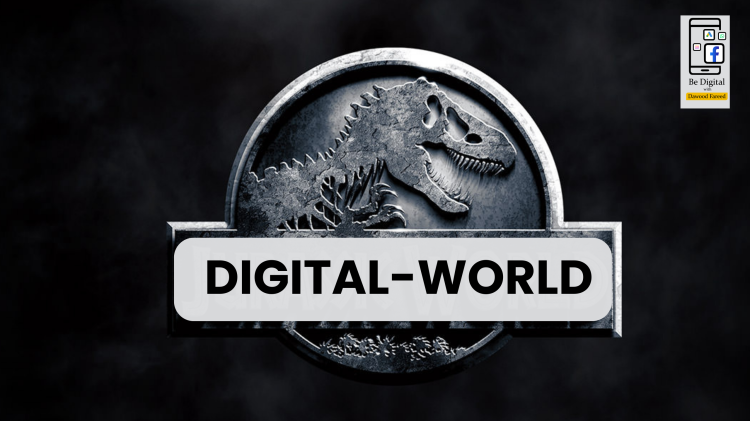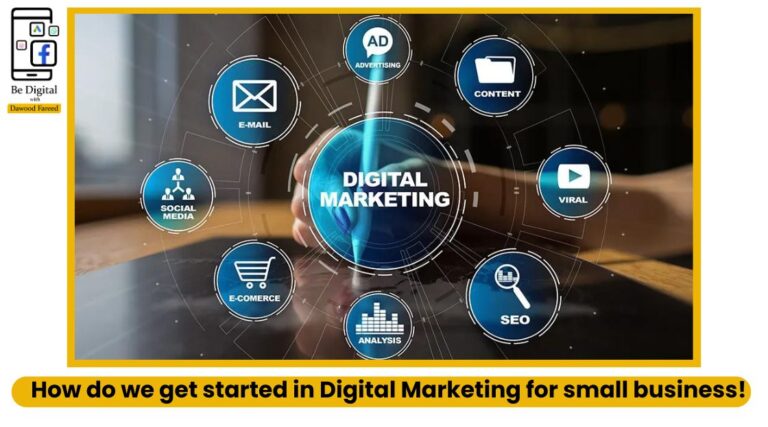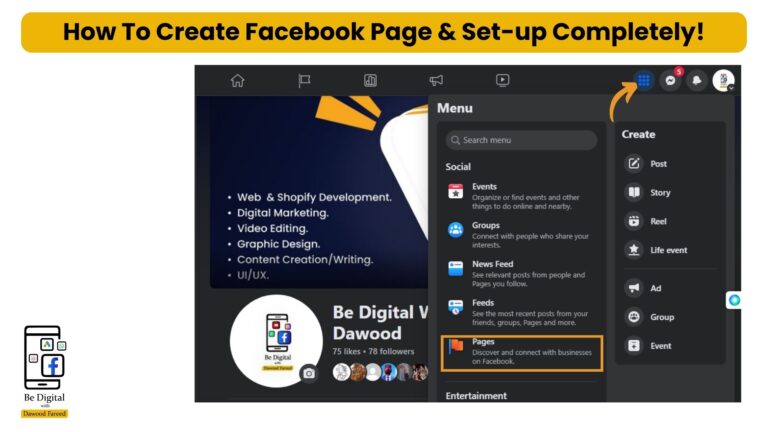Table of Contents
1. Introduction to Digital Marketing:
In today’s digital age, establishing a strong online presence is crucial for the success of any small business. Digital marketing offers a plethora of opportunities to reach and engage with potential customers like never before. However, getting started in digital marketing can be overwhelming, especially for those new to the field. In this comprehensive guide, we’ll walk you through the essential steps to kickstart your digital marketing journey and propel your small business to success.
What is Digital Marketing?
Digital marketing encompasses all online efforts aimed at promoting products or services and connecting with potential customers through various digital channels such as search engines, social media, email, and websites.
Importance for Small Businesses
For small businesses with limited resources, digital marketing levels the playing field by providing cost-effective strategies to compete with larger competitors. It allows businesses to reach a targeted audience, increase brand awareness, and drive sales without breaking the bank.
2. Setting Goals and Objectives:

Defining Goals
Before diving into digital marketing, it’s essential to establish clear goals that align with your overall business objectives. Whether it’s increasing website traffic, generating leads, or boosting sales, defining specific and measurable goals will guide your marketing efforts.
SMART Objectives
Make sure your goals are SMART: Specific, Measurable, Achievable, Relevant, and Time-bound. This framework ensures that your objectives are realistic and actionable, leading to more effective strategies.
3. Understanding Your Target Audience:
Market Research
Conduct thorough market research to understand your target audience’s needs, preferences, and behavior. Analyze demographic data, consumer trends, and competitor strategies to identify opportunities for engagement.
Creating Buyer Personas
Develop detailed buyer personas representing your ideal customers. Consider factors such as demographics, interests, pain points, and buying habits to tailor your marketing messages and campaigns effectively.
4. Building an Online Presence:
Website Development
A professional and user-friendly website serves as the cornerstone of your online presence. Invest in creating a responsive website that showcases your products or services, provides valuable content, and facilitates seamless navigation. (WE WILL HELP YOU BUILD YOUR WITH FREE HOSTING+GA+MP+GTM+SOICAL PAGES IN UNBEATABLE PRICES)
Social Media Profiles
Establish a presence on relevant social media platforms where your target audience is active. Create compelling profiles, share engaging content, and interact with your followers to build brand loyalty and drive engagement. (FOR HOW RO CREATES SOCIAL MEDIA PAGES SCAM THE CODE BELOW!)
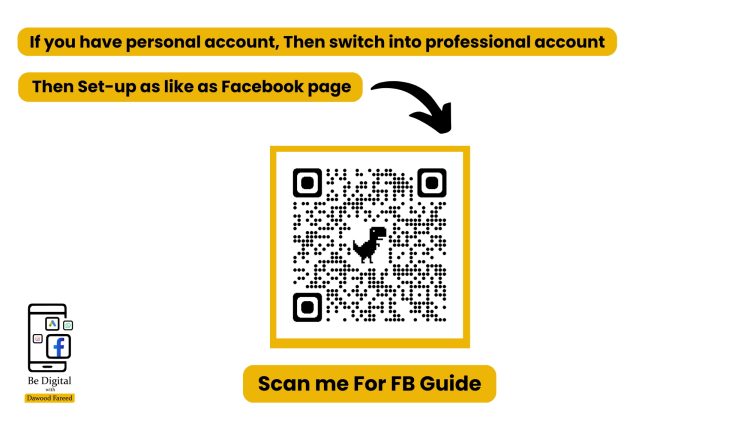
5. Content Creation and Marketing:
Importance of Content
High-quality, relevant content is essential for attracting and retaining customers. Invest in creating informative blog posts, videos, infographics, and other content formats that resonate with your audience and address their pain points.
Content Types and Channels
Diversify your content across various channels, including your website, social media, email newsletters, and third-party platforms. Tailor your content to fit each channel’s format and audience preferences for maximum impact.
6. Search Engine Optimization (SEO):
Basics of SEO
Optimize your website and content for search engines to improve your visibility and organic traffic. Focus on keyword research, meta tags, quality backlinks, and site speed to enhance your search engine rankings.
On-Page and Off-Page Optimization
Implement on-page SEO techniques such as optimizing title tags, meta descriptions, and headings, as well as off-page strategies like link building and social media engagement to boost your online presence.
7. Paid Advertising:

Google Ads
Explore pay-per-click (PPC) advertising options like Google Ads to target potential customers actively searching for your products or services. Set a budget, choose relevant keywords, and create compelling ad copy to maximize your ROI.
Social Media Ads
Utilize social media advertising platforms such as Facebook, Instagram, and LinkedIn to reach specific demographics, interests, and behaviors. Experiment with different ad formats and targeting options to find what works best for your business.
8. Email Marketing:

Building an Email List
Grow your email list by offering valuable incentives such as discounts, exclusive content, or free resources in exchange for subscribers’ contact information. Segment your list based on demographics, purchase history, and engagement levels for personalized communication.
Email Campaigns
Craft engaging email campaigns that nurture leads, promote products or services, and drive conversions. Experiment with different email formats, subject lines, and calls-to-action (CTA) to optimize your open and click-through rates.
9. Analytics and Tracking:
Importance of Analytics
Monitor and analyze key metrics to evaluate the effectiveness of your digital marketing efforts. Use tools like Google Analytics to track website traffic, conversion rates, and other performance indicators to make data-driven decisions.
Key Metrics to Track
Focus on metrics such as website traffic sources, conversion rates, bounce rates, email open and click-through rates, and social media engagement metrics to measure your success and identify areas for improvement.
10. Budgeting and Resource Allocation:
Determining Budget
Allocate your digital marketing budget based on your goals, target audience, and available resources. Consider factors such as advertising costs, content creation expenses, and technology investments to maximize your return on investment.
Allocating Resources Effectively
Prioritize your marketing activities and allocate resources where they will have the most significant impact. Balance between paid advertising, content creation, SEO, and other strategies to achieve your objectives within your budget constraints.
11. Tools and Technologies:
Marketing Automation
Streamline your marketing efforts with automation tools that help you schedule posts, send emails, and track campaigns efficiently. Invest in CRM systems, email marketing platforms, and social media management tools to optimize your workflows.
Analytics Tools
Utilize analytics tools such as Google Analytics, Moz, Semrush, and HubSpot to gain insights into your audience, track your competitors, and measure the performance of your digital marketing campaigns.
Use AI Tools
Make Google, Chat GPT (free real-time access) & Google Gemini your friends some are the free AI tools that help you grow on digital media.
12. Testing and Optimization :
A/B Testing
Experiment with different marketing strategies, messaging, and creative elements through A/B testing. Test variables such as ad copy, images.
Conclusion:
My experience with Digital Marketing is different from others, Firstly I did Real State management on the Facebook marketplace for scammers and got nothing any bucks, After doing more research I fell into Affiliate Marketing in Forever Living Products (FLP) pyrimidine scheme the bunch of scammers after falling into 1 year and identify that it was a scam to different people along the globe, From the God guidance and aim is not to hurt anyone then more researching into digital marketing so I saw the video of Hisham Server all videos change my life, after searching more in Digital Marketing I saw HBA Services video of DM also change my way to digital marketing, Then to now I spend $20K in the last 6 months of 1 client but different account and scale up into 7 figures, It helps me to increases my portfolio and Big Thanks to Dennis Y and his $/day strategy helped me to achieve that type of result using his strategy, you did not forget about his four stages of content factory (Setup your content factory).
The conclusion is that growing on a digital marketing journey for your small business requires careful planning, strategic execution, and continuous adaptation to evolving trends. By following the steps outlined in this guide, you can lay a solid foundation for success in the digital realm.
Dennis Yu is the CEO of- BlitzMetrics!
Results achienve from $/Day from past few months:

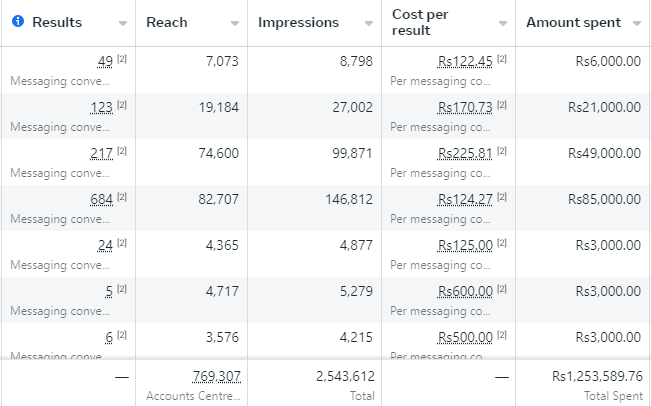

Freequently Asked Questions (FAQs):
Questions:
- How long does it take to see results from digital marketing efforts?
- What are the most cost-effective digital marketing strategies for small businesses?
- How often should I review and adjust my digital marketing strategy?
- Is it necessary to hire a professional digital marketing agency, or can I handle it myself?
- What are some common pitfalls to avoid when starting with digital marketing?
Answers:
- Results vary, typically 3-6 months.
- Content marketing, social media, and SEO.
- Regularly, at least quarterly.
- Depends on expertise, budget, and time.
- Lack of strategy, ignoring analytics, inconsistent branding.
